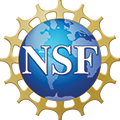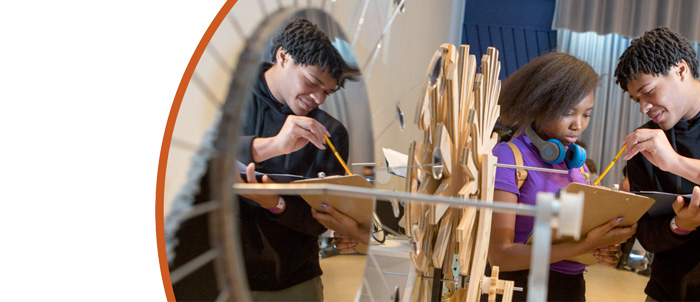Investigating Curiosity-Driven Visual Processing during Science Learning
Effective Years: 2023-2028
This project will investigate the role that curiosity plays in students’ learning about scientific phenomena. Curiosity is a hallmark of scientific discovery and can propel students to ask questions, explore scientific ideas, enhance memory, and boost persistence during learning. Yet, studies of curiosity have mostly focused on whether curiosity increases learning rather than how curiosity increases learning. Therefore, to understand how curiosity impacts learning about scientific phenomena, this project will conduct a set of three studies with high school and undergraduate students to test whether sparking curiosity about scientific phenomena changes students’ visual processing. These experiments will test whether feeling curious changes visual processing in ways that support student learning about science. This project will also develop citizen science projects to engage K-12 students in cognitive science research about curiosity and visual processing. Results from this project will contribute to understandings of curiosity and visual processing, provide recommendations for future interventions to increase the positive impact of curiosity, and will be the first to examine relations between curiosity and visual processing during science learning. The project is supported by a CAREER award to American University by the EHR Core Research (ECR) program, which supports work that advances the fundamental research literature on STEM learning.
Within educational research, it is clear that both motivational processes, such as curiosity, and cognitive processes, such as visual-spatial thinking, support student learning across STEM fields. The potential relations among motivational and cognitive processes are well-articulated at the theoretical level. However, empirical research studies in education have not yet maximized the potential for cognitive science methods such as eye-tracking to elucidate these relations, and cognitive science research has tended to utilize domain-general stimuli (e.g., trivia facts, faces) to investigate intersection of motivation/emotion and cognition during learning. Therefore, the central question of this project is: How does curiosity shape visual processing when students use visuals to learn about scientific phenomena? To investigate this question, this project will conduct a set of eye-tracking and behavioral studies to investigate the specific ways curiosity modulates cognitive correlates of visual processing. In these studies, high school and undergraduate students will learn about scientific phenomena using visuals such as maps and diagrams. Study 1 will experimentally manipulate curiosity using a question-asking intervention. Studies 2 and 3 will examine within-subject fluctuations in curiosity as students are exposed to visuals about scientific phenomena designed to spark or resolve curiosity. As brain regions implicated in curiosity-driven reward processing (i.e., dopaminergic circuits) are also associated with a range of visual processes including visual information-seeking and mental imagery formation, this project will target these visual processes as potential mediators to explain why students learn better when they feel curious. Because these findings will provide insight into how (rather than just whether) curiosity supports learning about science, the proposed research will generate specific recommendations for the types of science learning tasks that would benefit most from supporting curiosity. Knowing that, for instance, curiosity impacts learning by supporting visual information seeking more than by enhancing mental imagery (or vice versa), has implications for identifying the types of educational tasks that may benefit most from curiosity-promoting instruction and for developing curiosity-promoting interventions that are maximally effective in supporting the underlying processes.
This award reflects NSF's statutory mission and has been deemed worthy of support through evaluation using the Foundation's intellectual merit and broader impacts review criteria.




